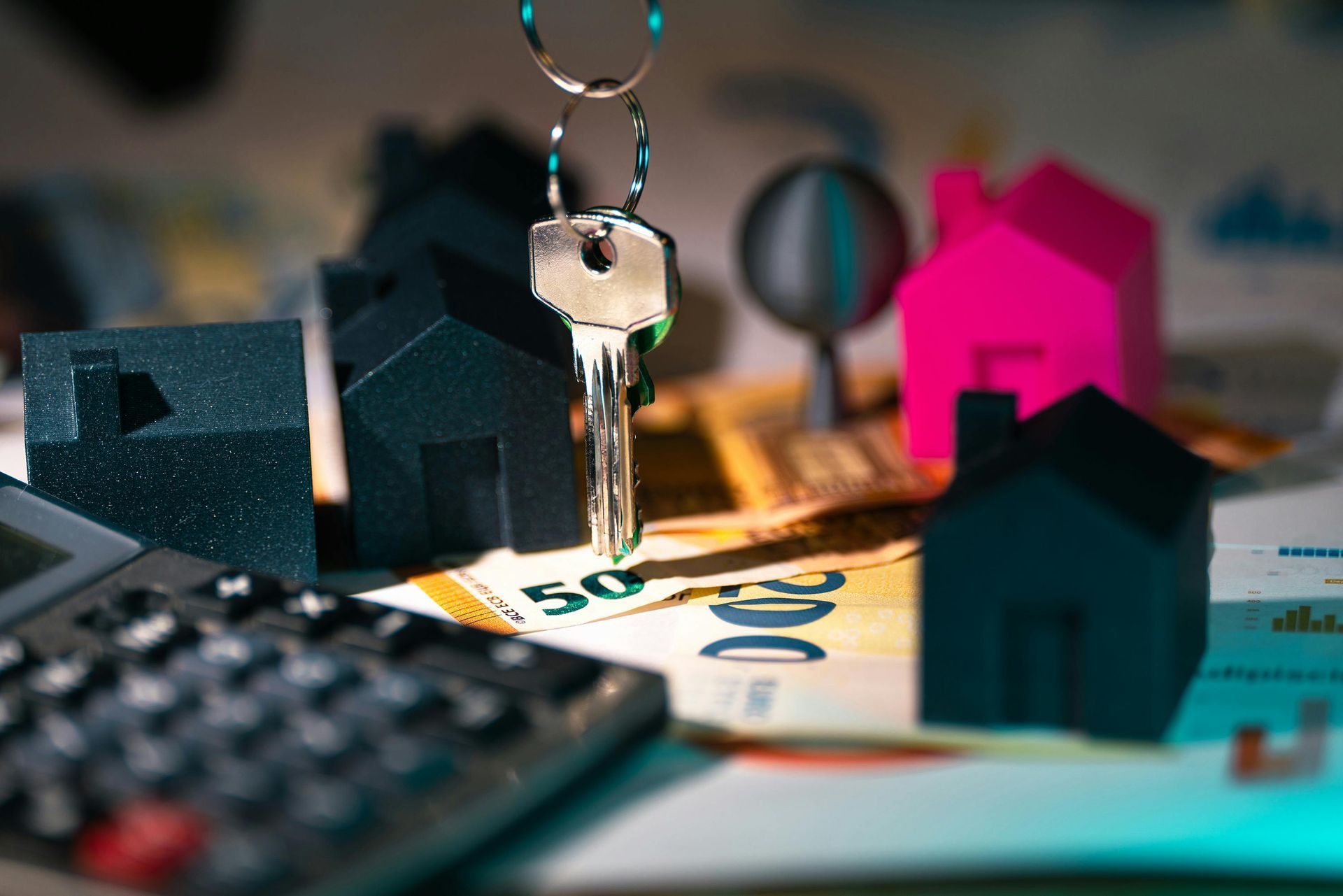5 Things You Didn’t Know About Property Taxes in Travis County
Property Taxes and things you should know in Travis County

Property taxes are one of the largest annual expenses for homeowners in Central Texas—and often one of the least understood. If you own or are planning to buy in Travis County (including communities like Manor, TX), understanding how your tax bill is calculated—and how to manage it—can make a big difference in your annual budget and long-term planning. Here are five little-known facts about property taxes in Travis County that every homeowner should know.
1. The “Effective” Tax Rate is Higher Than It Looks
Many homeowners glance at the headline number—such as $.375845 per $100 of value (for 2025) in some jurisdictions. Travis County+1 But that figure only reflects the county’s portion of your tax bill and doesn’t include school districts, city taxes, hospital districts, and special service zones. According to data from OwnWell, the median effective tax rate in Travis County is around 1.65% of market value.
So, if your home is valued at $500,000, you’re looking at roughly $8,000-$9,000 annually—far above what the base county rate alone would imply.
2. You Can Review Proposed Tax Rates Before They’re Finalized
Two bodies govern the tax process in Travis County: the Travis Central Appraisal District (TCAD) determines your property’s appraised value, and various taxing jurisdictions set their rates. TCAD’s website lists upcoming tax-rate hearings and provides tools for homeowners to estimate their bills.
Tip: Before you buy or list in Manor or other parts of Travis County, check “TravisTaxes.com” for the proposed tax bills. That way you’re not surprised after closing.
3. What You Pay Can Leap Even Without a “Rate Increase”
It’s easy to assume “my rate hasn’t changed, so my taxes won’t go up.” That’s not always true. Because taxes = (Appraised Value) × (Tax Rate), even if the tax rate stays constant, your bill can climb if the value goes up. For 2025, TCAD reported the median market value of a residential homestead in Travis County rose to $519,677.
Example: If your home was valued at $470,000 last year and now at $520,000, your tax bill could rise ~10-12% even if your rate stays flat.
4. Special Districts & Events Can Cause Exceptions
Certain taxing entities can raise rates beyond standard limits under specific circumstances. For example:
- The Central Health hospital district had its tax rate increased by more than 9% in 2025.
- Travis County approved a 9.12% tax-rate hike tied to flood-recovery costs, permitted under disaster-declaration rules.
If you’re looking at properties in Manor or eastern Travis County, check for overlapping special districts—these extra levies can add hundreds of dollars to your annual bill.
5. You’re Eligible for Exemptions—but Must Act
Many homeowners don’t realize they may qualify for exemptions that reduce their taxable value—and therefore their bill. Some common ones in Travis County include:
- Homestead exemption (primary residence)
- Senior citizen or disabled exemption
- Agricultural valuation (for qualifying land)
TCAD provides information on how to file these exemptions—and missing the filing window can mean paying for the full year.
TIP: If you’re buying in Manor or surrounding neighborhoods and plan to live in the home, ensure your title company or Realtor helps you submit the homestead exemption as early as possible.
Implications for Buyers, Sellers & Investors
- For Buyers: Factor tax bills into your monthly budget upfront—not just the mortgage. If you buy for $600,000 and the effective rate is 1.65%, that’s nearly $10,000 annually (or ~$830/month) in property taxes alone. Consider this in your affordability analysis, especially in high-growth areas like Manor.
- For Sellers: When pricing your home, be transparent about recent tax bills. Buyers often request the last 12-month bill and may factor future increases into their offer. If your home is in a zone that has recent or pending tax hikes, adjust expectations accordingly.
- For Investors: High effective tax rates and special district levies impact cash-flow models. If you’re buying in a growth corridor (e.g., Manor, Pflugerville) projecting strong appreciation, build in tax escalations of 2-5% annually to maintain your yield assumptions.
Final Thoughts
Property taxes might not be as immediately visible as your mortgage payment, but they are a large and growing component of home-ownership cost in Travis County. Between rising values, layered tax jurisdictions, and special-district levies, it’s essential to understand more than “just the rate.”
By taking advantage of available tools (like the TCAD estimator) and exemptions, you can make smarter decisions—whether buying your first home in Manor or prepping to sell in the greater Austin area.
Travis County property tax rate 2025, Manor property taxes





